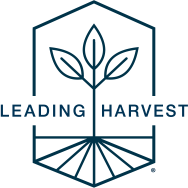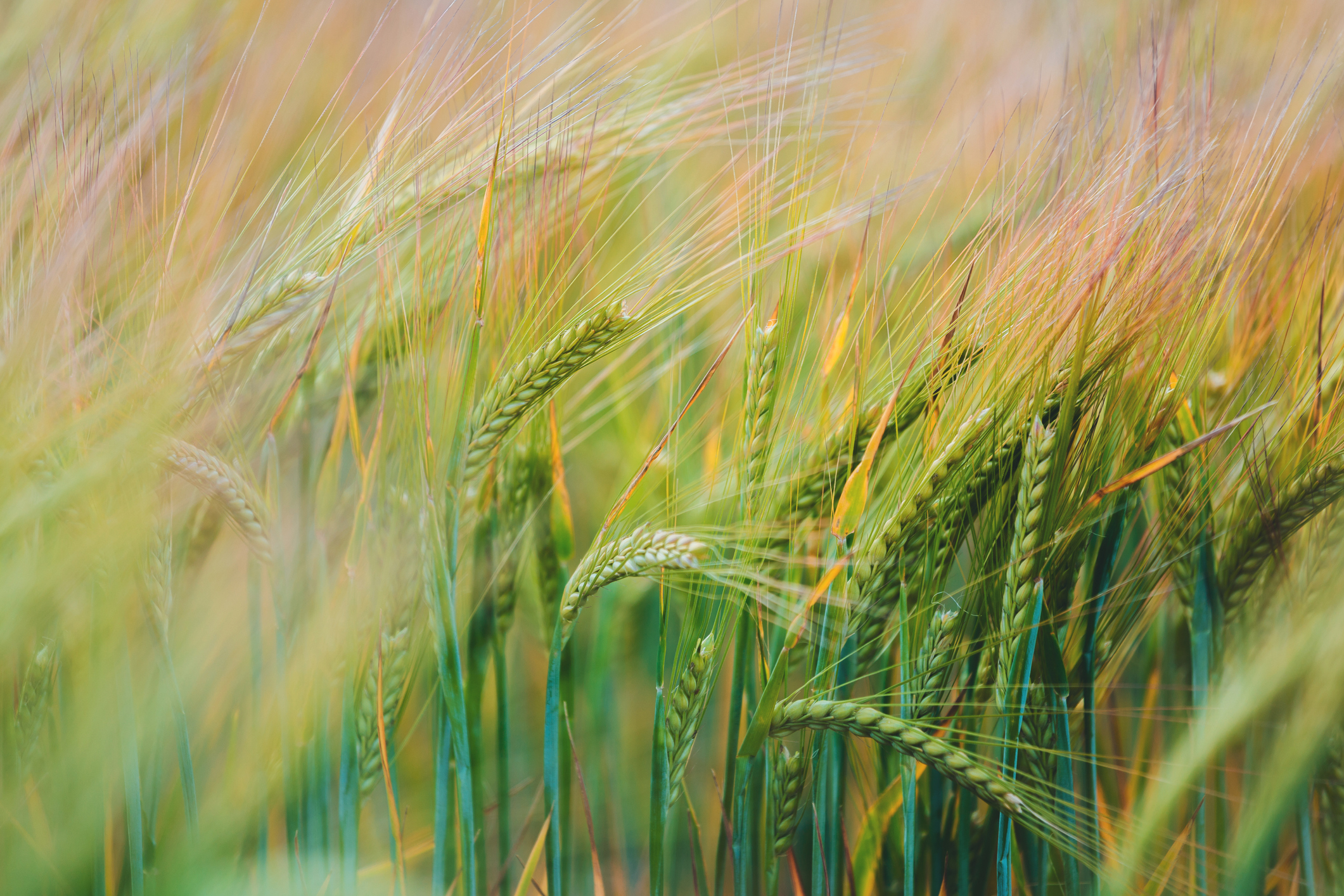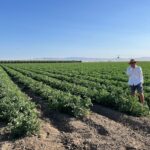Grant Farm
Location:
Grant County, Wisconsin
Years in Operation:
9 years
Leading Harvest Program User:
UBS Farmland Investors LLC
Size of Operation:
10,000 gross acres; 8,500 net acres
Crop Type:
Corn, soybeans
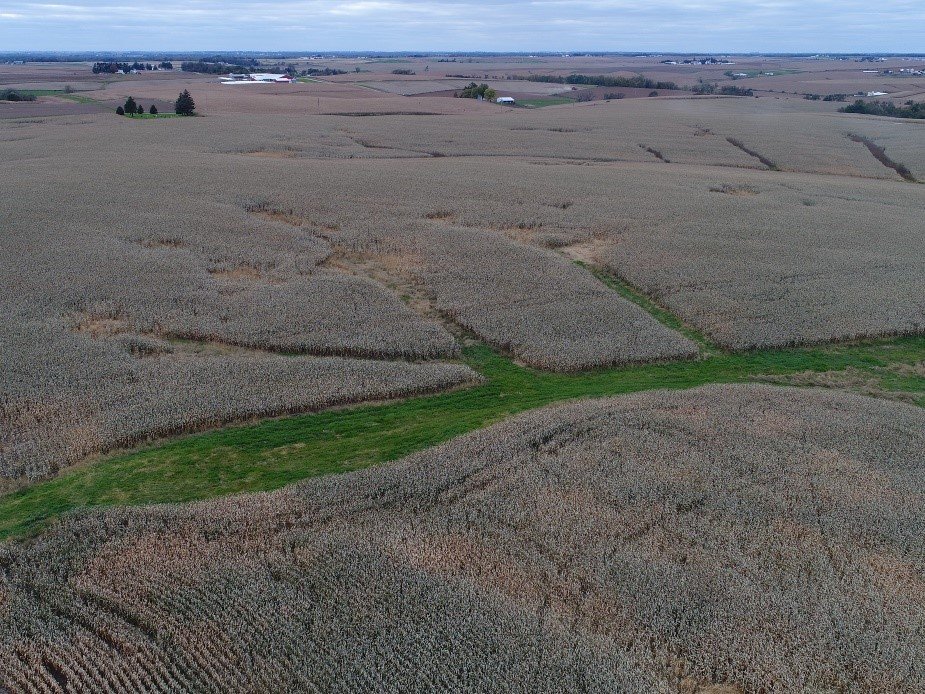
Objective 7. Conservation of Biodiversity
To manage farmland in a manner that maintains agricultural production while conserving biodiversity where appropriate or legally required.
RELEVANT INDICATORS
Indicator 7.2.3 Cropland for Wildlife Habitat:
Application of regional agricultural best management practices on cropland to create temporary wildlife habitat where appropriate.
Indicator 7.4.1 Crop and Genetic Diversity:
Use of a variety of crop species, crop varieties, companion crops (e.g., cover crops, cross-pollination donors) and/or crop rotation where appropriate.
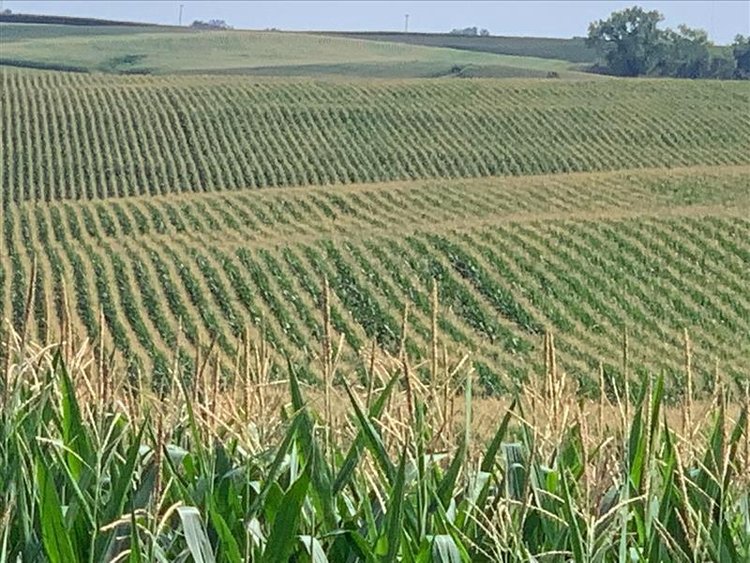

Leading Harvest Indicators at Work
- The Grant Farm utilizes no-till farming practices and soil erosion control structures to create temporary wildlife habitat, including 8,500 acres of no-till cropland and 250 acres of grassed waterways. No-till farming leaves crop residues undisturbed after harvest to maximize food and cover for wildlife. Grassed waterways are soil erosion control structures formed by grading and shaping natural drainageways and seeding vegetation. This vegetation provides cover for small birds and animals.
- The Grant Farm rotates between corn and soybean production annually to support crop diversity. Crop and genetic diversity can help control weeds and pests, improve soil health, and improve crop yields. Loss of crop and genetic diversity can increase regional crop susceptibility to infectious pests and diseases.
“Did you know?”
- The Grant Farm is comprised of 35 individual farms ranging in size from 100 to 1,000 acres.
- The wildlife that benefits from the temporary habitats created on the Grant Farm consists of coyotes, deer, rabbits, racoons, squirrels, and numerous types of birds including pheasants.
- When grassed waterways are rebuilt or repaired, cover crops such as wheat, oat, and rye are used to maintain the soil until waterway vegetation can be established.
- The Grant Farm includes 1,000 acres of pasture and woodlands.
